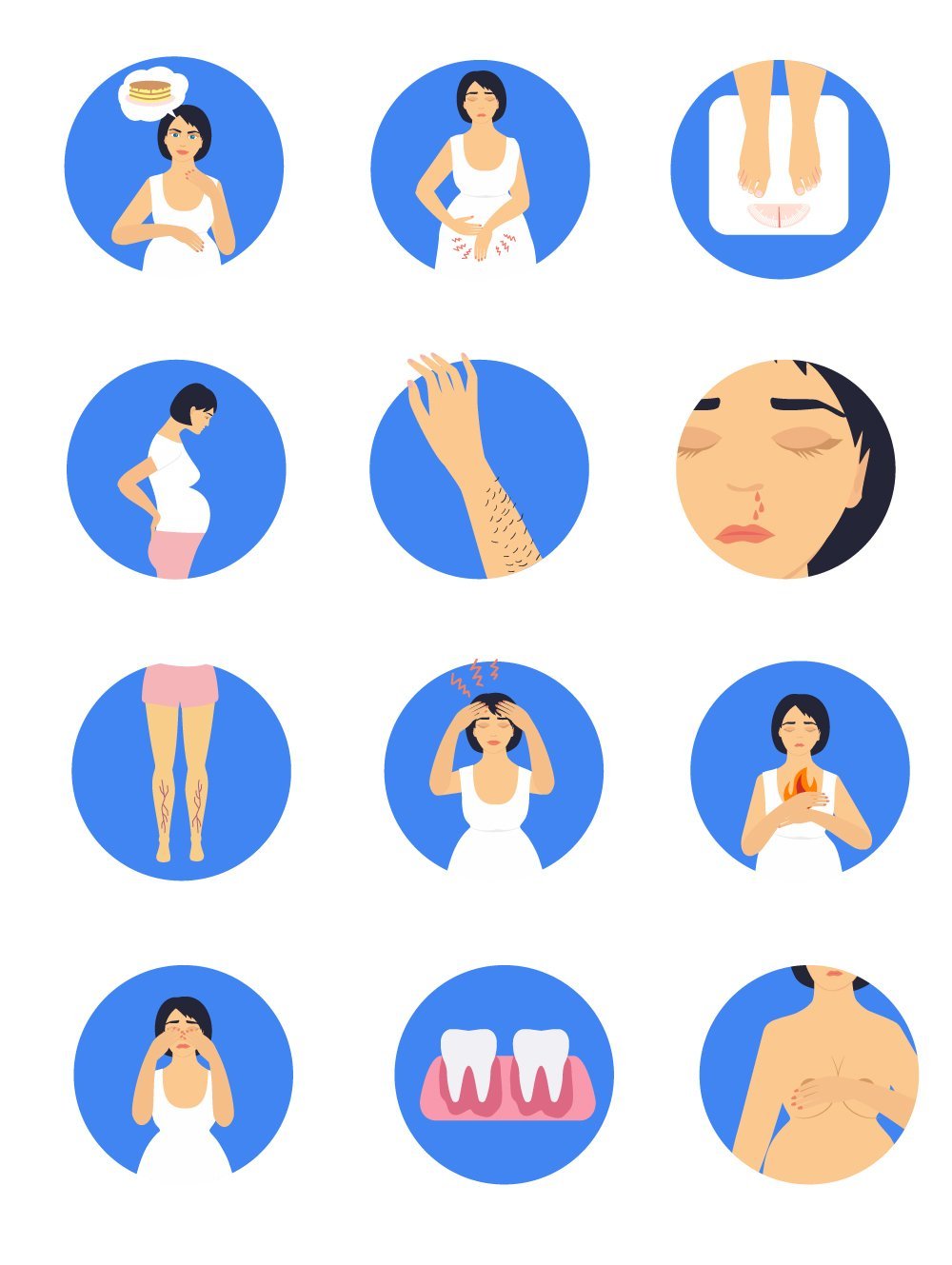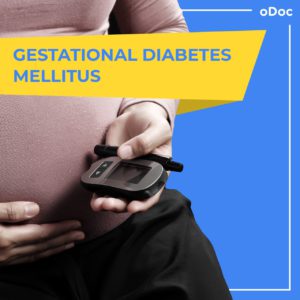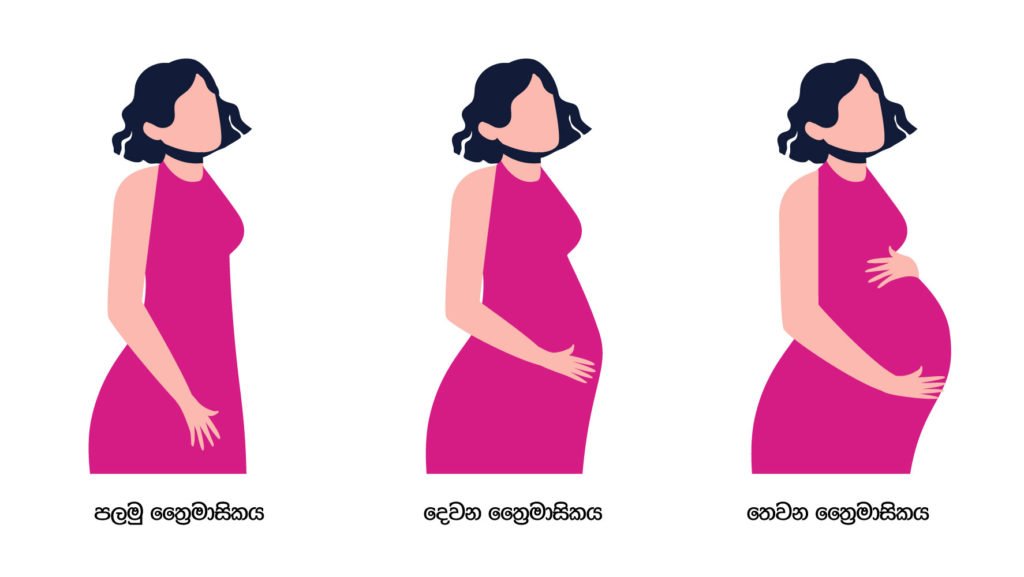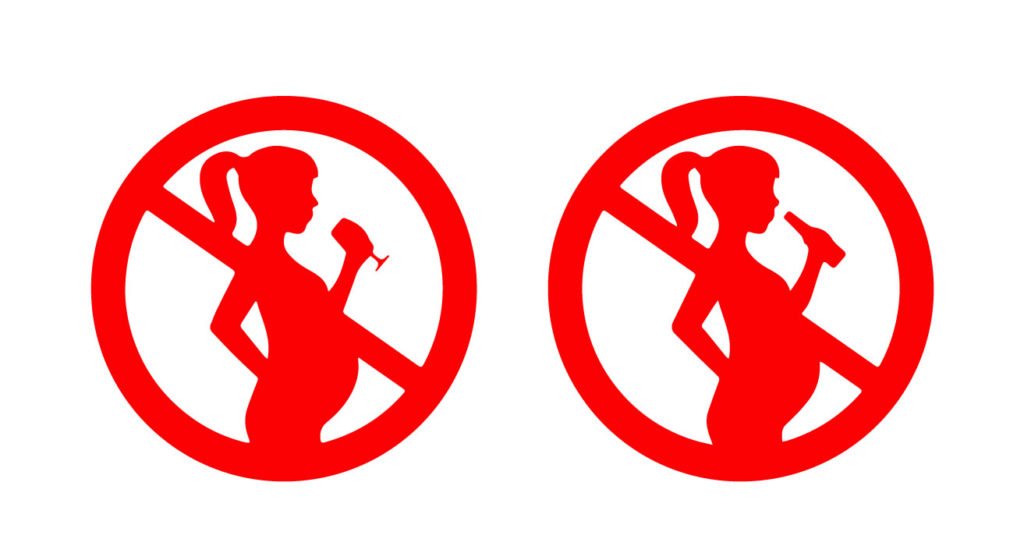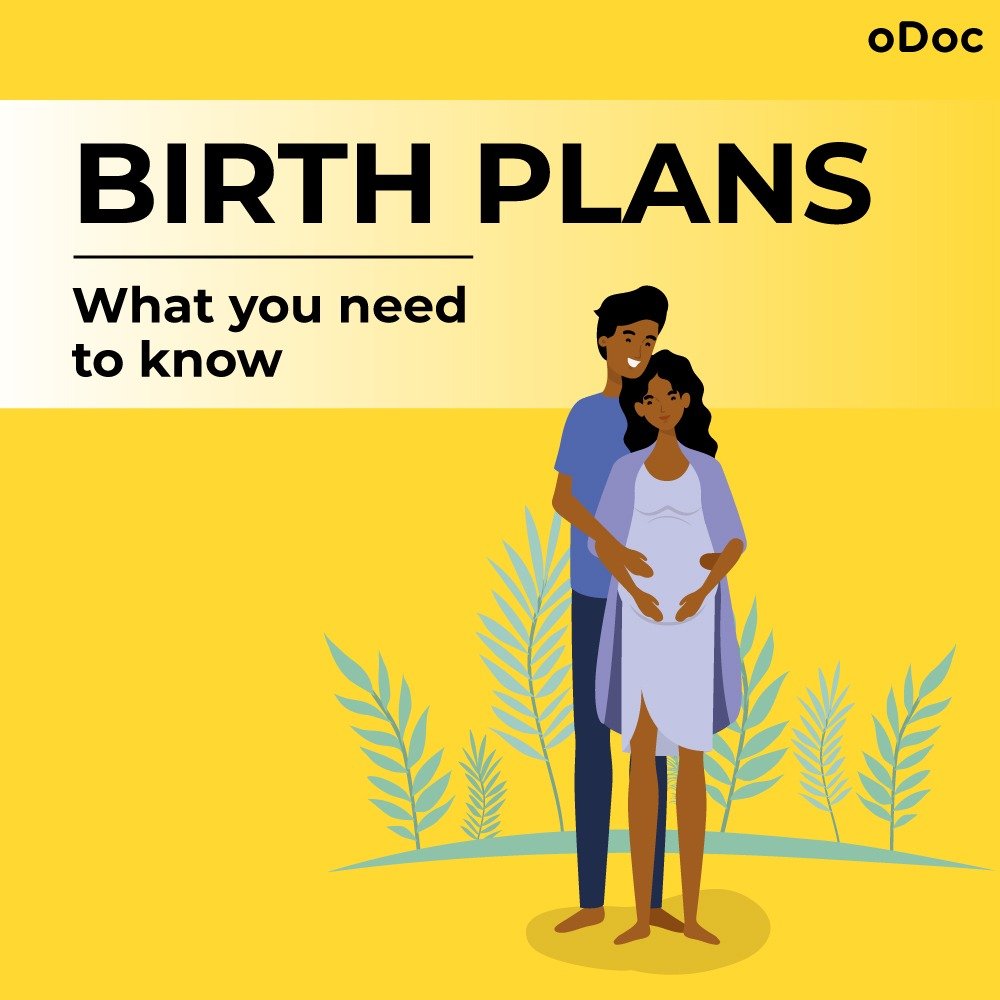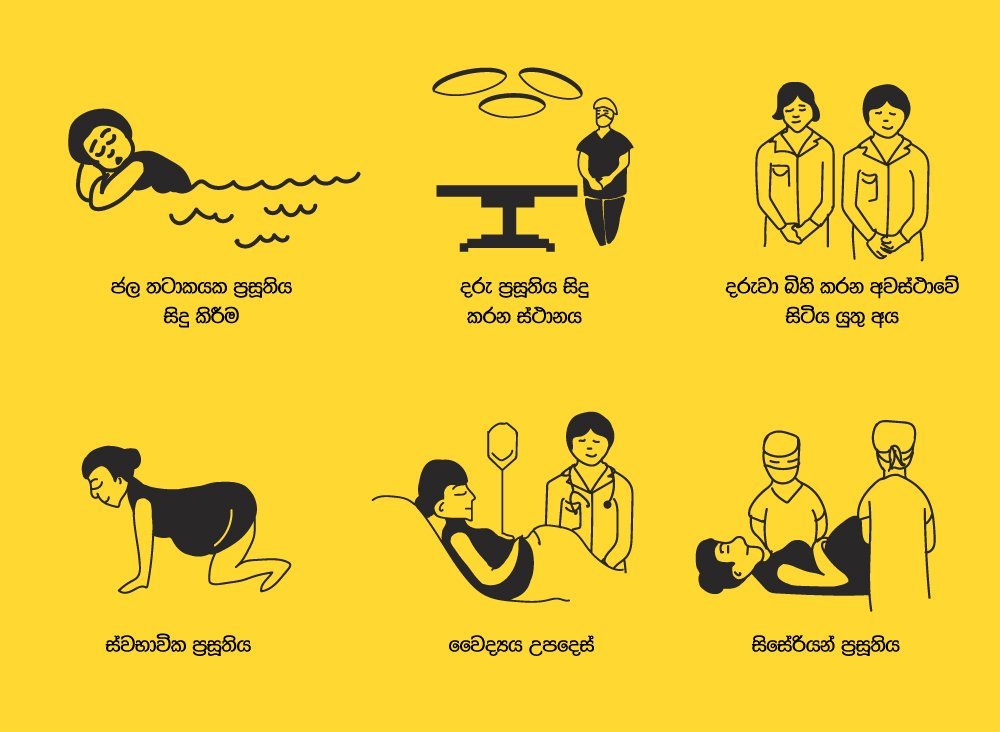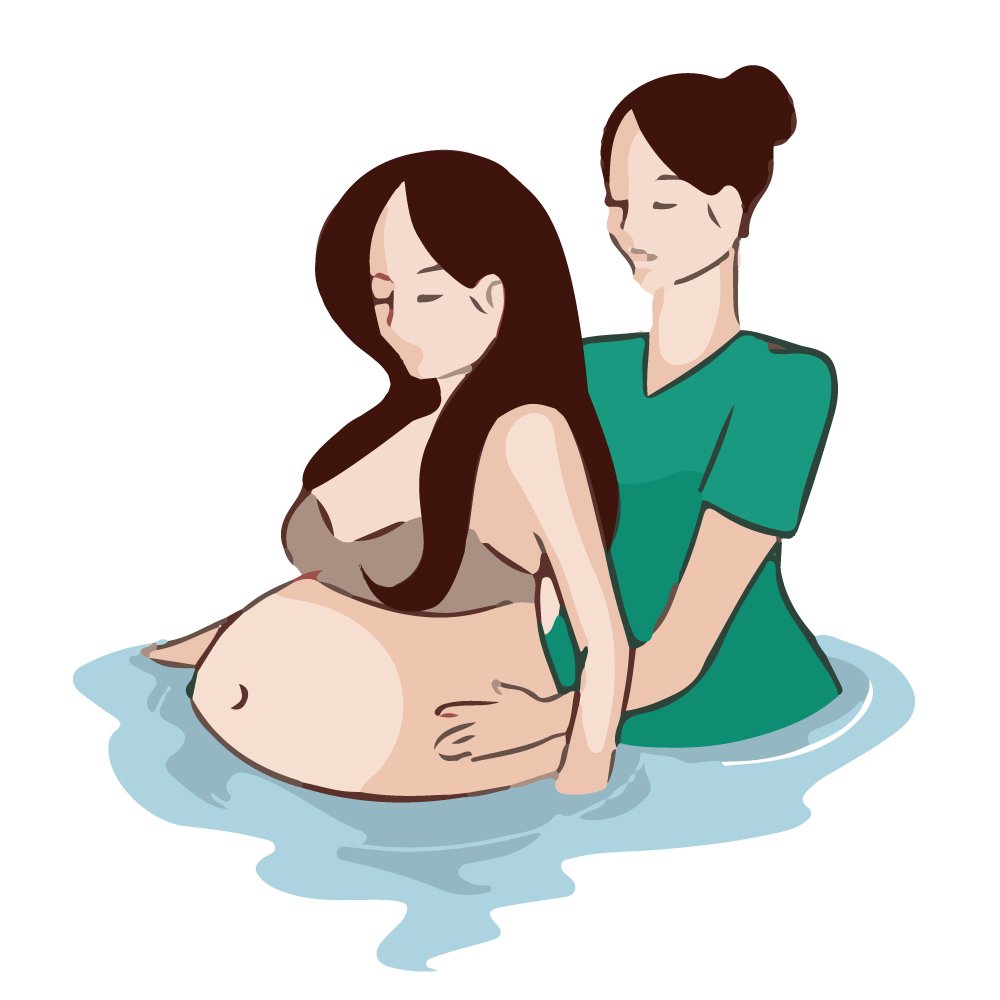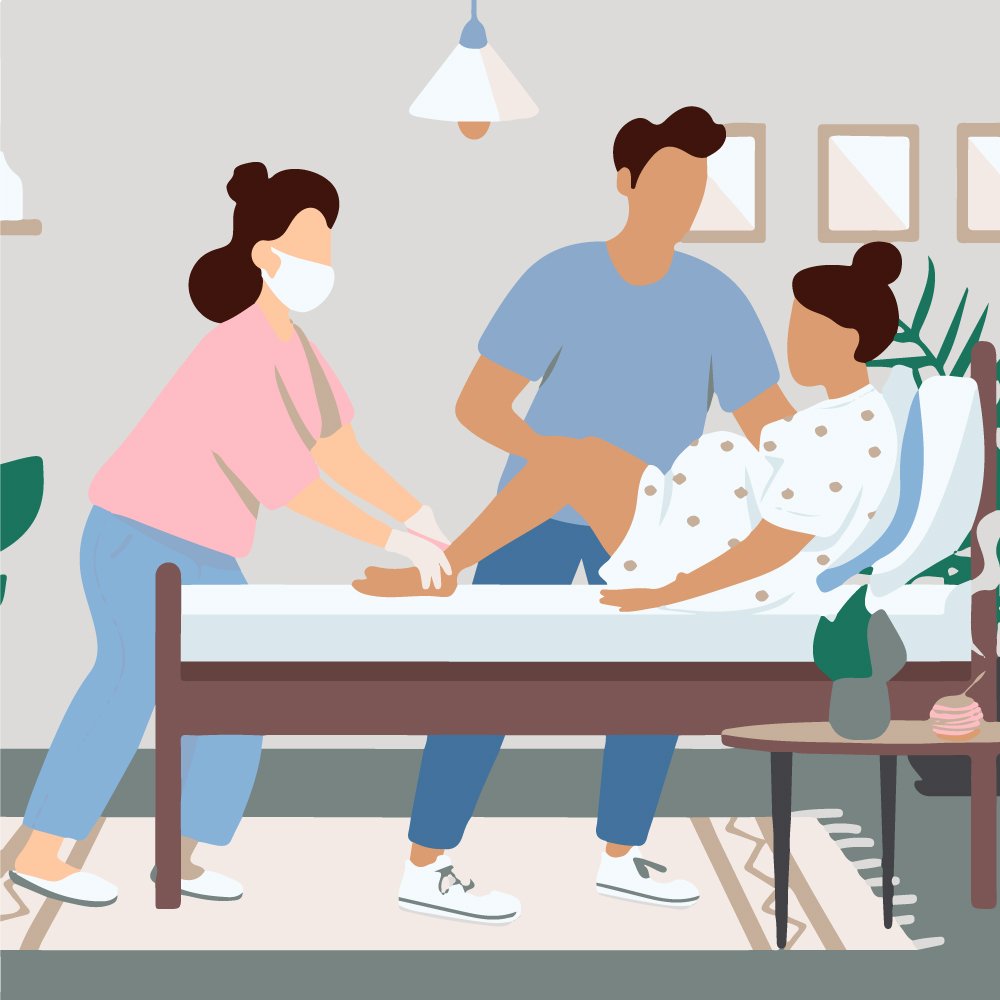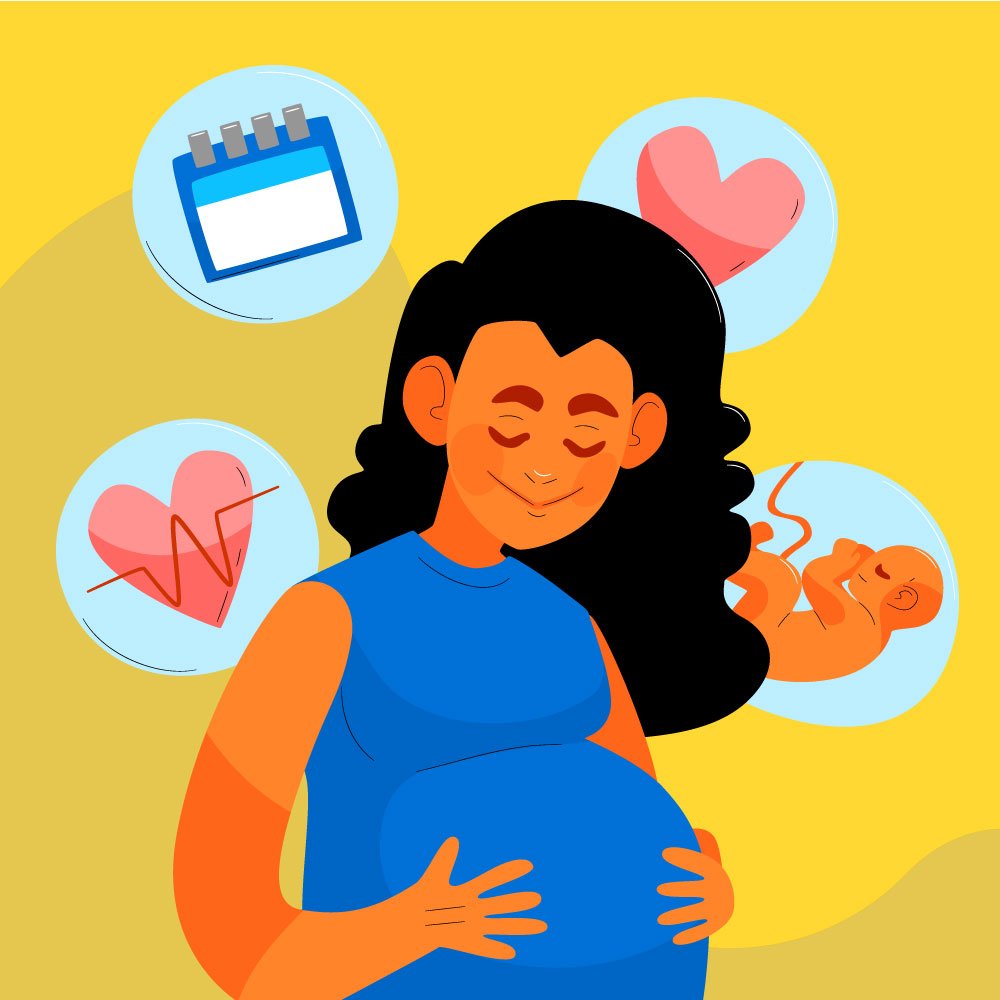ඔබත් පුංචි දඟයට නිතර සැර කරන කෙනෙක්ද?

- Improves their problem-solving skills
You can use this opportunity to teach your child the importance of responsibility. Your little ones may not always live upto your standards but involving them while cleaning up the mess, putting their toys back into the box and arranging the mess might help them with problem-solving skills as it consists of thinking and intelligent work.
ආසියානු සමාජය තුළ දෙමාපියන් තම දඟකාර දරුවා කෙරෙහි හිට්ලර් පාලනයක් ගෙන යයි. කුඩා කාලයේ සිටම පුංචි පැටියාට බැණීම සහ ගුටි දීම එම දරුවාගේ නිර්මාණශීලීබව සහ පෞරුෂය මොට කිරීමට හෙතු වෙයි. එයම කල් යන විට දෙමාපියන් සම්බන්ධයෙන් ද දරුවා අනුගමනය කිරීමට පෙළඹෙන අතර වැඩිහිටි වියට පත් වූ විට ආවේග පාලනය කර ගැනීමට අපොහොසත් මිනිසෙකු බවට පත් වෙයි.
නමුත් ඔබ අවබෝධයෙන් යුතු දෙමාපියන් ලෙස දරුවාගේ දඟවැඩ යහපත වෙනුවෙන් යොදාගත හැකි වන්නේ කෙසේද යන්න විමසා බලමු.
නොනවතින දාංගලය – එක් තැනක නොසිටිමින් සෑම තැනකම දිවීම, බඩු මුට්ටු විසි කිරීම
දරුවෙකුගේ මෙම ක්රියාවන් දළ චාලක ක්රියාවන් නමින් ළමාවිය සංවර්ධන අවධීන්වල හඳුන්වයි. මෙමගින්,
- දරුවාගේ අත් පාවල ඇඟිලි සම්බන්ධ ස්නායු මැනවින් ක්රියා කරයි
- තමන්ට ඇති වන හොඳ සහ නරක සිතුවිලි සමඟ ගනුදෙනු කිරීමේ හැකියාව ඉගෙනගනියි.
- හැඟීම් ප්රකාශ කරන ආකාරය ඉගෙනගනියි
- ගැටළු විසඳා ගන්නා ආකාරය ඉගෙන ගනියි.
යම් දෙයක් ඉල්ලා කෑ මොර දී හැඬීම
මෙබඳු අවස්ථාවන්වල දෙමාපියන් අනෙක් මිනිසුන්ගේ අවධානය තමන් වෙතට පැමිණේ යැයි ලැජ්ජාවෙන් ඉල්ලන ඕනෑම දෙයක් ලබා දීමට පෙළඹෙයි. නමුත් එවන් අවස්ථාවක දරුවා හඬන්නේ අත්යාවශ්ය නොවන දෙයක් වෙනුවෙන් නම් ඔබගේ හදිසි වීම දරුවාට අවැඩක් කරයි.
එවන් අවස්ථාවක පොදු ස්ථානයක වුවත් දරුවාට හඬන්නට ඉඩ දෙන්න. එමගින් දරුවා,
- යම් දෙයක් නොලැබී ගිය අවස්ථාවක එය දරාගත නොහැකි තැනකට පත් වන්නේ නැත

පාට කූරුවලින් බලි රූප හැඳීම
බොහෝ දෙමාපියන් නොරුස්නා තත්වයක් නම් දරුවන් නිවසේ බිත්තිවල කුරුටු බලි ඇඳීම යි. නමුත් එම ක්රියාවන්වල සැඟවුණු අර්ථයක් ඇත. මෙමගින් දරුවන්ගේ
- නිර්මාණශීලීබව වැඩි වීම
- වර්ණ හඳුනා ගැනීමට යොමු වීම
- සිතීමේ හැකියාව වර්ධනය වීම
- දෑත්වල සංවේදී බව වැඩි වීම සිදු වෙයි.
වැඩිහිටියන්ගේ ඇඳුම් ඇඳීම, රූපලාවණ්ය ආම්පන්න භාවිත කිරීම, වැඩිහිටියෙකු ලෙස හැසිරෙන්න උත්සාහ කිරීම
කුඩා දරුවන් වැඩිපුර ප්රිය කරන්නේ තම දෙමාපියන් ලෙස අනාගතයට සූදානම් වීමයි. දරුවෙකුගේ පලමු සමාජ ප්රතිරූපය තම මව සහ පියා වේ. එබැවින් දෙමාපියන් ලෙස තම දරුවා අනාගතයට උචිත ලෙස සංවර්ධනය කිරීම වටියි.
වැඩිහිටියන්ගේ කතා හොරෙන් අසා සිටිමින් ඒවා ප්රසිද්ධියේ ප්රකාශ කිරීම
බොහෝ දරුවන් ඉතා කුතුහලයෙන් සිටියි. ලෝකය පිළිබඳ අවබෝධ කර ගැනීමට ඔවුන් තුළ විශාල කුතුහලයක් පවතියි. එම කුතුහලය පසුකාලීනව ඔවුන්ගේ අධ්යාපනයට, දැනුමට, අවබෝධයට හේතු වෙයි.
එකම ගීතය, පොත, වීඩියෝපටය විශාල වාරයක් නැරඹීමට ප්රිය කිරීම
එය ඇතැම්විට ඔබට අනවශ්යය කරදරයක් ලෙස සිතුණත් එමගින්
- දරුවාගේ භාෂා හැකියාව වර්ධනය වීම සිදු වේ. දරුවන් ඉගෙන ගන්නේ ඉතා සිමින් ය. මෙමගින් කථනයේ දී මෙන් ම අධ්යාපනයේ දී වැදගත් වන භාෂා හැකියාවන් වර්ධනය වීම සිදු වේ.
- කුඩා දරුවාව එක් අරමුණක පිහිටුවා ගැනීමට හැකියාව ලැබේ.
- දරුවාට සුව පහසු නින්දක් ලබා ගැනීමට එම මානසික තෘප්තිය හේතු වෙයි.
දරුවන්ට ඇති වන හදිසි කෝපය
මෙය කෝපය ලෙස හැඳින්වීමට වඩා සුළු දෙයටත් දුක සිතීම ලෙස ද හැඳින් වීමට හැකිය. කුඩා දරුවෙකු තම වැඩිහිටියන් සතුට, දුක ප්රකාශ කරන ආකාරයන් සියුම්ව ඉගෙන ගනියි. එබැවින් කිසිම අවස්ථාවක දරුවෙක්ගේ වරදකට පහර දීම, වරෙන්, පලයන් වැනි වදන් සහ පරුෂ වචනවලින් බැණ වැදීම සිදු නොකරන්න. ඒ වෙනුවට කරුණාවෙන් හොඳ සහ නරක කියා දෙන්න. විශේෂයෙන්ම
- බබාට තරහ ගියොත් අම්මිට/තාත්තිට දුක හිතෙනවා
- මගේ පුතා/දුව කවදාවත් තරහ ගන්නේ නැහැ
වැනි සියුම් වදන්වලින් අමතන්න. එවිට දරුවා
- දයාවෙන් කරුණාවෙන් මිනිසුන්ට කතා කිරීමට ඉගෙනගනී
- යම් ගැටළුවක් පැමිණි විටක පලමුව තම තරහ පිට කිරීම නොකරයි
- කුඩා කාලයේ පටන් ඉවසීමේ බීජ රෝපණය කරයි
- මව සහ පියා යන චරිත පිළිබඳ ධනාත්මකව සිතීමට පටන් ගනියි.
නිරතුරුව වැළඳගනිමින්, හුරතල් වීමට උත්සාහා කිරීම
වෙහෙස වී වැඩ කරන දෙමාපියන් වුව ද තම දරුවන් සිප වැළදගැනීමට කාලය වෙන් කළ යුතු ය. ශරීරයට – ශරීරය ස්පර්ෂ වන ආකාරයට වැළඳගැනීමෙන් දරුවාට මානසිකව විශාල තෘප්තිමත් බවක් ඇති වෙයි. එවිට
- නිරතුරු මිත්රශීලි අදහස් ඇතිව කටයුතු කිරීම
- දයාව කරුණාව ඉගෙන ගැනීම
- සහයෝගය, එකමුතුකම ඉගෙන ගැනීම සිදු වෙයි.
නිරන්තරයෙන් ඔබේ දරුවාගේ කායික මෙන් ම මානසික සුවය පිළිබඳව සැලකිලිමත් වන්න. දරුවාගේ සෞඛ්යය පිළිබඳව යම් කිසි ගැටළුවක් ඇති වූ විට oDoc ඇප් එක හරහා ළමා රෝග විශේෂඥ වෛද්යයවරයෙක්ට කතා කරන්න.
ආශ්රිත කියවීම්
- මුල් ළමා විය සංවර්ධනය,සංකල්ප,මැදිහත් වීම්, ඇගයිම් සහ ගැටළු, ප්රාථමික සෞඛ්යය නිලධාරීන් සඳහා වූ අත් පොත, 2014,http://www.fhb.health.gov.lk
- 7 annoying things toddlers do that are actually good for them,pickanytwo.net
- Why do toddlers want to read the book over and over again, Today’s parent, todaysparent.com
Similar Articles...

Let’s talk flu, its prevention and home remedies.
Boo-ger season is here! Let’s begin by defining flu (short term for influenza) because it’s usually misunderstood as fever or cold. Flu is a common

Menopause Brain Fog is real: A Simple Guide with Symptoms and Treatment
Menopause Brain Fog is real: A Simple Guide with Symptoms and Treatment Women in their 40s and 50s who are just entering the end of

How to Keep Work Stress from Taking Over Your Life
How to Keep Work Stress from Taking Over Your Life In today’s fast-paced and competitive world, work stress has become an all-too-common problem that affects



